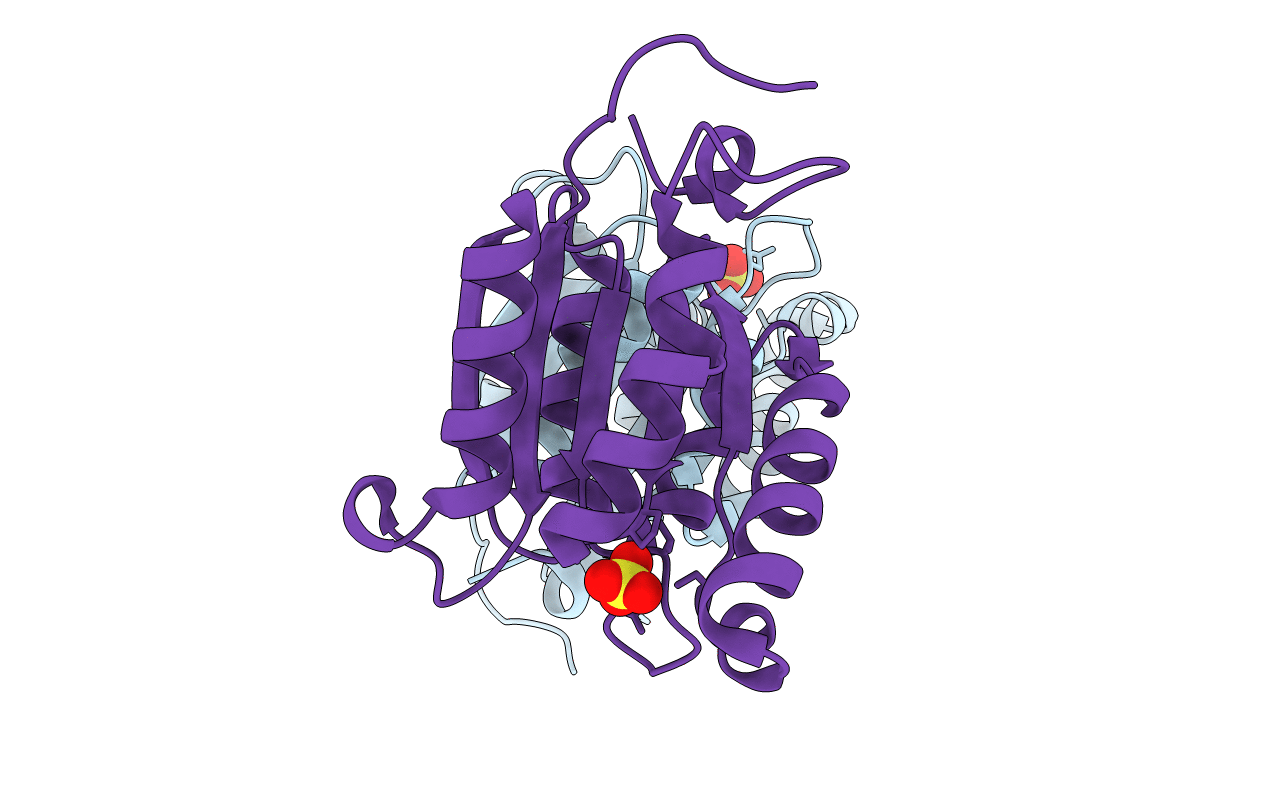
Deposition Date
2003-09-28
Release Date
2004-06-01
Last Version Date
2024-11-13
Method Details:
Experimental Method:
Resolution:
2.10 Å
R-Value Free:
0.25
R-Value Work:
0.20
R-Value Observed:
0.20
Space Group:
P 3 2 1


